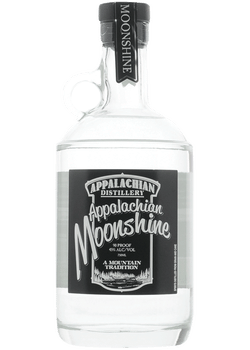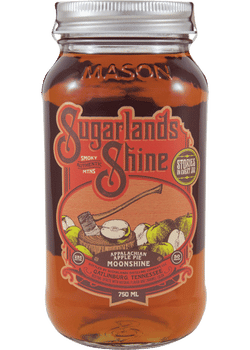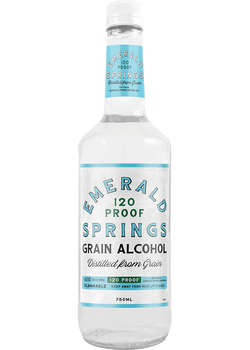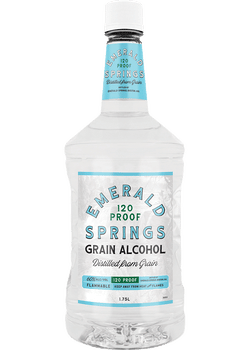The white Whiskeys on our shelves are heir to the illegal moonshine home distillers have traditionally made in backyard stills. They produced these spirits in defiance of the law and often, common sense – moonshine could be poisonous or explosive in the wrong hands. Yet it became popular early in America’s history, when President George Washington first levied taxes on Whiskey to pay war expenses. It thrived during Prohibition. Even after repeal, illicit producers defied local taxes or prohibitions on distilling. Bootleggers distributing the product in speedy cars on country roads are said to have inspired the rise of stock-car racing.
Today, the passion for creative cocktails and artisanal distilling has boosted interest in a legal version of moonshine, typically unaged corn- or rye-based Whiskeys. They are made in much the same way as Bourbon, Tennessee and other American Whiskeys, right up until the end of the distilling process. At that point, traditional Whiskeys would be stored in oak barrels for two years or more, acquiring flavors and a golden hue from aging in wood. White Whiskeys are not aged, so they gain no flavor or color from wood.
So what do White Whiskeys taste like? Generally, they’re clean and smooth, with faint flavors of sweet corn (from a corn base) or spice (from rye). Producers may also add whole fruit or other flavorings right to the bottle, so the package resembles a rustic, homemade infused spirit. Experiment with these unaged Whiskeys in any cocktail recipe you might try with Vodka or Whiskey, or enjoy straight up.



